See lesson 1


Double brick kiln in Ha hamlet, Dai Phuoc commune, Cang Long district.
Implementing Directive No. 10/CT-TTg, dated April 16, 2012 of the Prime Minister on increasing the use of unburnt materials and limiting the production and use of burnt clay bricks, with the rapid urban development at that time, the demand for construction materials was very large. Accordingly, the Department of Construction guided the use of unburnt materials in the province, since 2013, construction works from the State budget were required to use at least 50% and by 2014, 100% unburnt construction materials, gradually entering the framework...
To meet the demand for unburnt bricks and ensure the roadmap according to the direction of the Prime Minister, in 2014, Tra Vinh Industrial Promotion and Industrial Development Consulting Center (now the Industrial Promotion and Trade Promotion Center) supported 240 million VND for Nhat Anh Construction and Trade Production Company Limited and Minh Thanh Construction and Trade Production Company Limited (Cang Long district) to improve the production line of machinery and equipment for the production of unburnt construction materials, meeting the demand for construction materials in the province.
During the conversion process, kiln owners and brick production facilities encountered difficulties due to insufficient capital to invest in purchasing machinery and technology for producing unburnt bricks. To overcome these difficulties, on December 26, 2014, the Provincial People's Committee issued Decision No. 251/QD-UBND on promulgating the Plan to implement the Program for developing unburnt construction materials until 2020 and the roadmap to end the production of fired clay bricks using manual kilns, improved manual kilns, continuous vertical kilns and ring kilns using fuel.
Supporting businesses to change their unburnt brick production lines to meet market demand brings many socio -economic benefits: producing environmentally friendly materials, limiting environmental pollution from brick production by manual kilns, while creating jobs and increasing income for workers. In particular, limiting and achieving the goal of ending the exploitation of clay resources in some localities, selling rice fields to make bricks. In early 2015, in the province, 100% of brick kilns had stopped operating, most of them converted to other industries.
Implementing Decision No. 251/QD-UBND, dated December 26, 2014 of the Provincial People's Committee on promulgating the Plan to implement the Program for developing non-fired construction materials until 2020 for sustainable development is completely appropriate. However, the difficult problem is: the implementation process needs to be synchronous, especially the accompanying policies, with a plan to solve jobs for hundreds of workers in these brick kilns because there is a risk of losing their jobs; many brick kiln owners will not have enough financial capacity to invest in changing technology... This is a "difficult problem" that needs a solution in implementation. First of all, in the process of promoting the switch to brick production using tunnel technology, the province will not grant licenses to manual brick kilns, improved manual brick kilns, and hoffman kilns.
To ensure the roadmap, relevant departments and branches review and reorganize manual brick production facilities to switch to tunnel kiln technology or other advanced technologies to ensure environmental quality standards. Strive to end production activities for clay brick facilities fired by manual and improved manual kilns by 2015; and end production activities for clay brick facilities fired by continuous vertical kilns and circular kilns by 2017. On that basis, create benefits from the conversion: save agricultural land, contribute to ensuring national food security; reduce greenhouse gas emissions and environmental pollution. However, to eliminate 42 existing brick kilns with an investment of about 9 billion VND by the owners, the number of workers working at the brick kilns will be reduced... so there are many difficulties.
Accordingly, the province has deployed 2 groups of solutions for implementation: mechanisms, policies and science and technology. Regarding the mechanism and policies, the Department of Industry and Trade directs the Center for Industrial Promotion and Trade Promotion to use the annual industrial promotion fund to support establishments in need of conversion; consult with the Provincial People's Committee to issue specific support policies. Regarding the group of solutions on science and technology, encourage owners of establishments and brick kilns to apply sustainable production technology, diverse and abundant raw materials; do not use fuel and plastic clay, limit environmental pollution as well as damage to agricultural land.
Immediately after implementation, in the province, there were a number of establishments producing unburnt cement bricks - aggregates for producing block bricks, which are the main type of bricks in unburnt construction materials, produced from cement and various types of stone aggregates, which were initially accepted by the market. In Phuong Thanh commune, Cang Long district, Nhat Anh Company Limited invested in a system of producing lightweight foam concrete bricks. On this basis, it mobilized and persuaded the owners of the establishments to realize that brick production by manual kilns was in compliance with the policy, gradually replacing burnt bricks with unburnt construction materials. As the main player, the Department of Industry and Trade coordinated with the Department of Construction and the People's Committees of districts and cities to guide the conversion of burnt clay brick production and deploy environmentally friendly technology, accessing preferential capital sources.
With the assigned functions and tasks, the Center for Industrial Promotion and Trade Promotion informs about a number of support policies from industrial promotion capital for the subjects. For manual brick production facilities, when converting to tunnel kiln technology or investing in the production of unburnt bricks, they will be supported with a number of specific preferential policies. In particular, there is support for investment costs in applying advanced equipment to production and must ensure criteria such as: new equipment, improving productivity, product quality, efficiency in using raw materials and fuel, minimizing environmental pollution or creating new products compared to the equipment the production facility is using. The maximum support level is 50% of the equipment value but not exceeding 100 million VND/facility. Consulting on expanding consumption markets, improving business management capacity through training, seminars, consulting on planning, production and business plans to access preferential loan sources (if needed); Consulting on building brands, trademarks, applying new technology and equipment, guidance on finding investment premises, consumer markets...
At the same time, establishments that need to change production or change careers will provide vocational training and transfer of skills according to the needs of industrial establishments to create jobs for workers when changing careers; provide advice on planning and production and business solutions to access bank loans, and support a number of other activities according to assigned functions and tasks...
Article and photos: TRUONG NGUYEN
Source


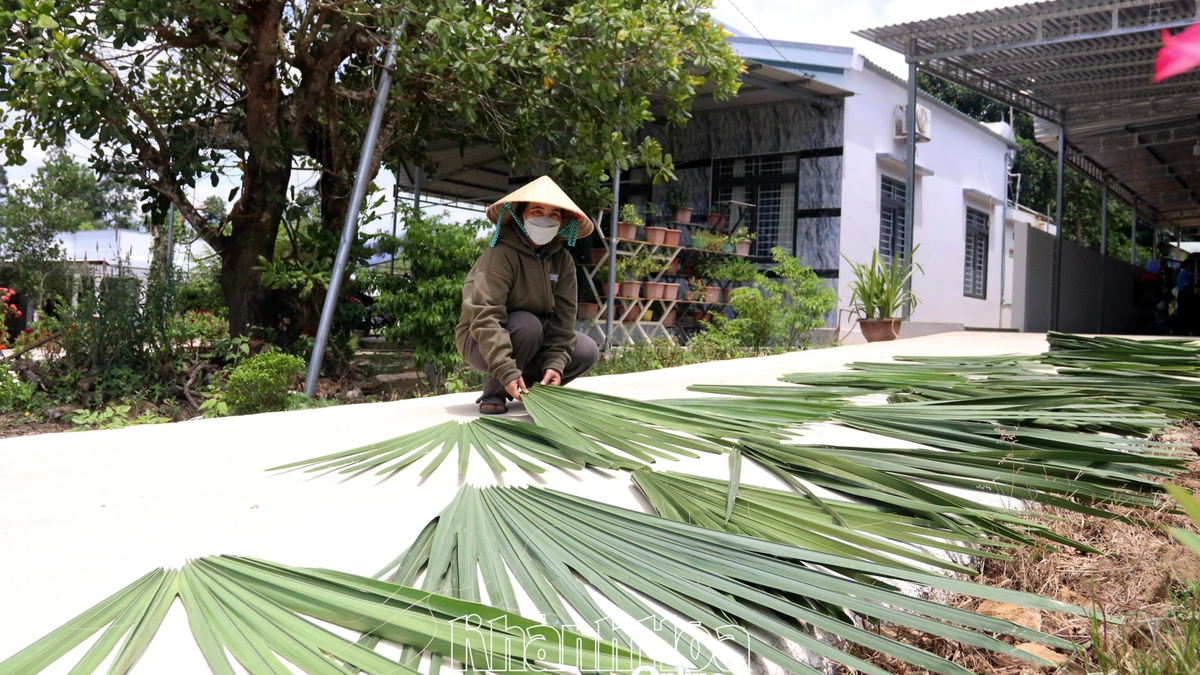

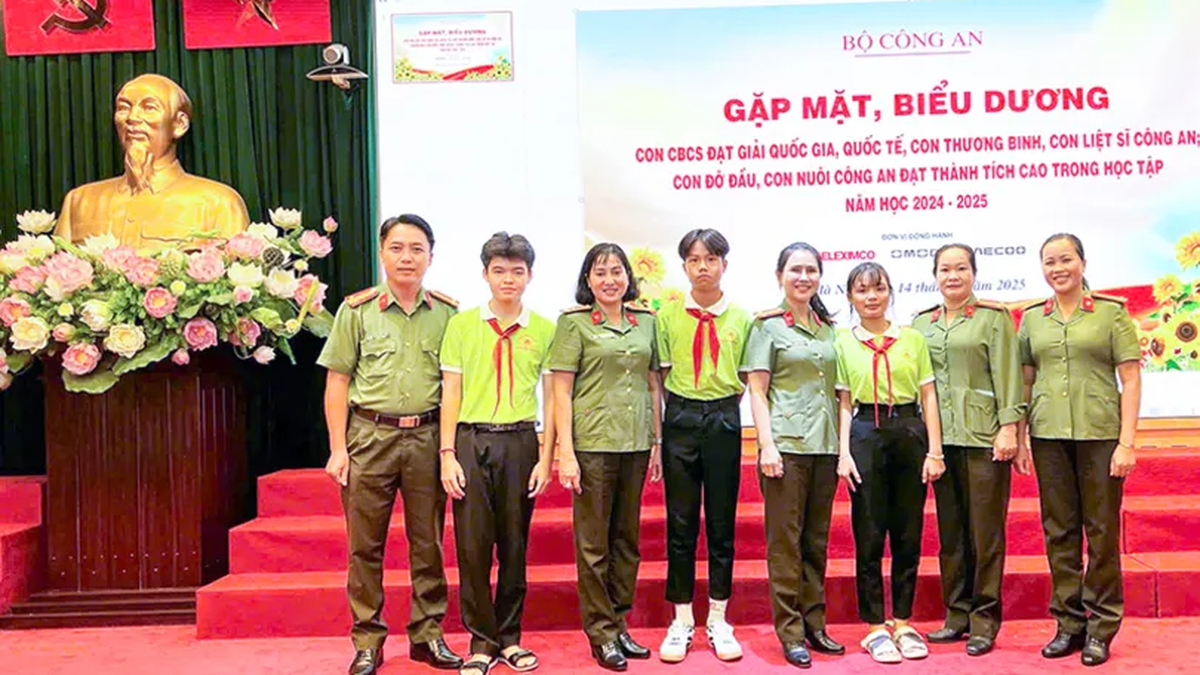
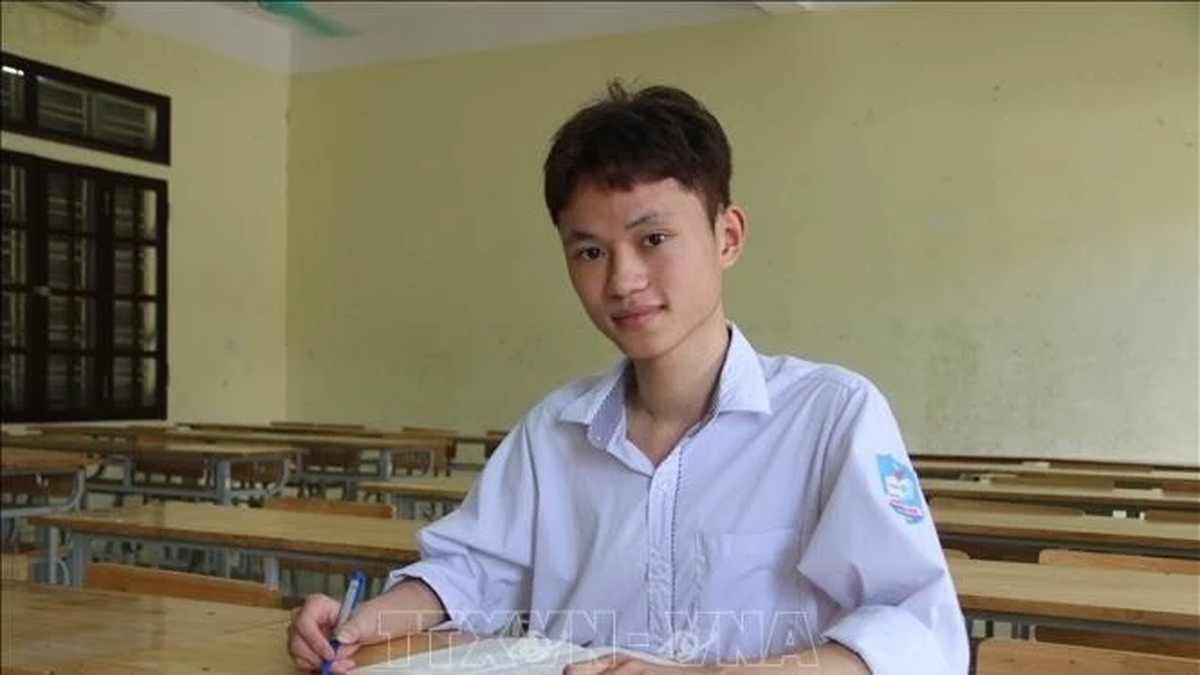
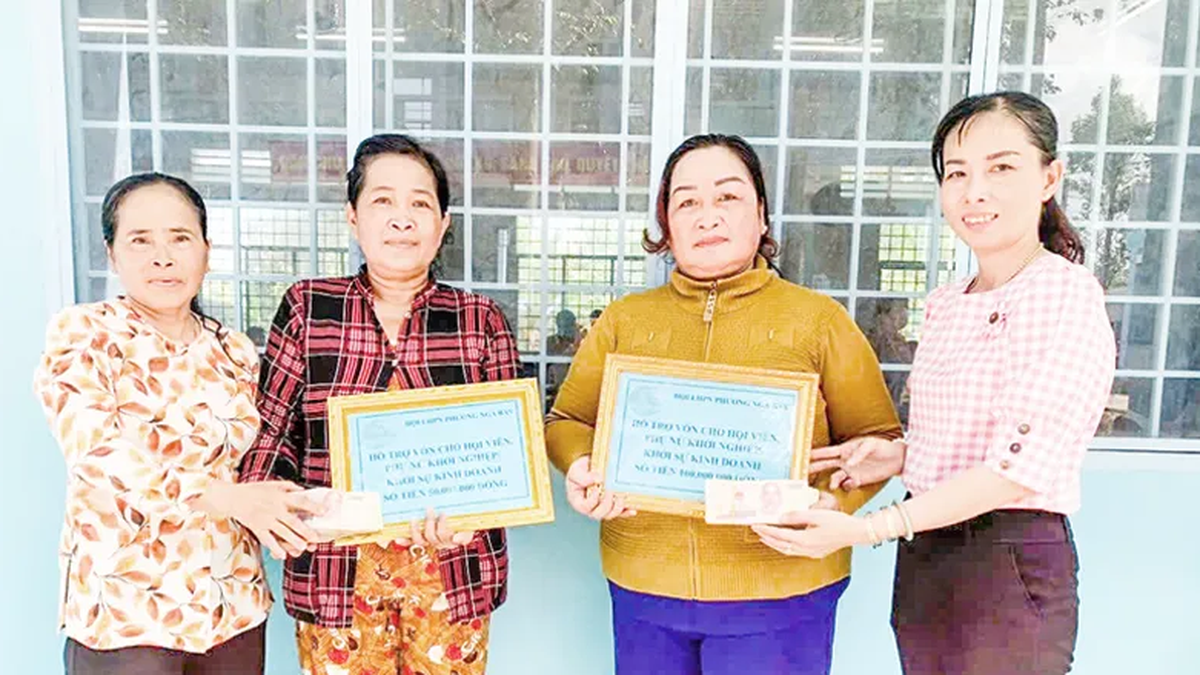
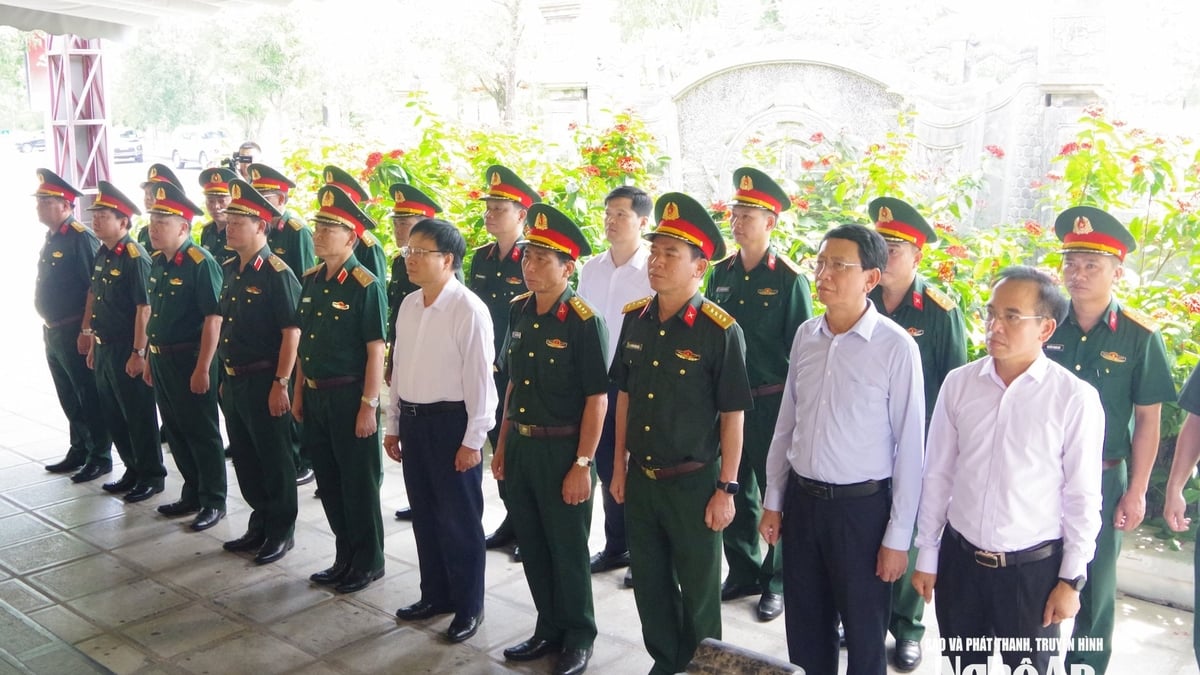
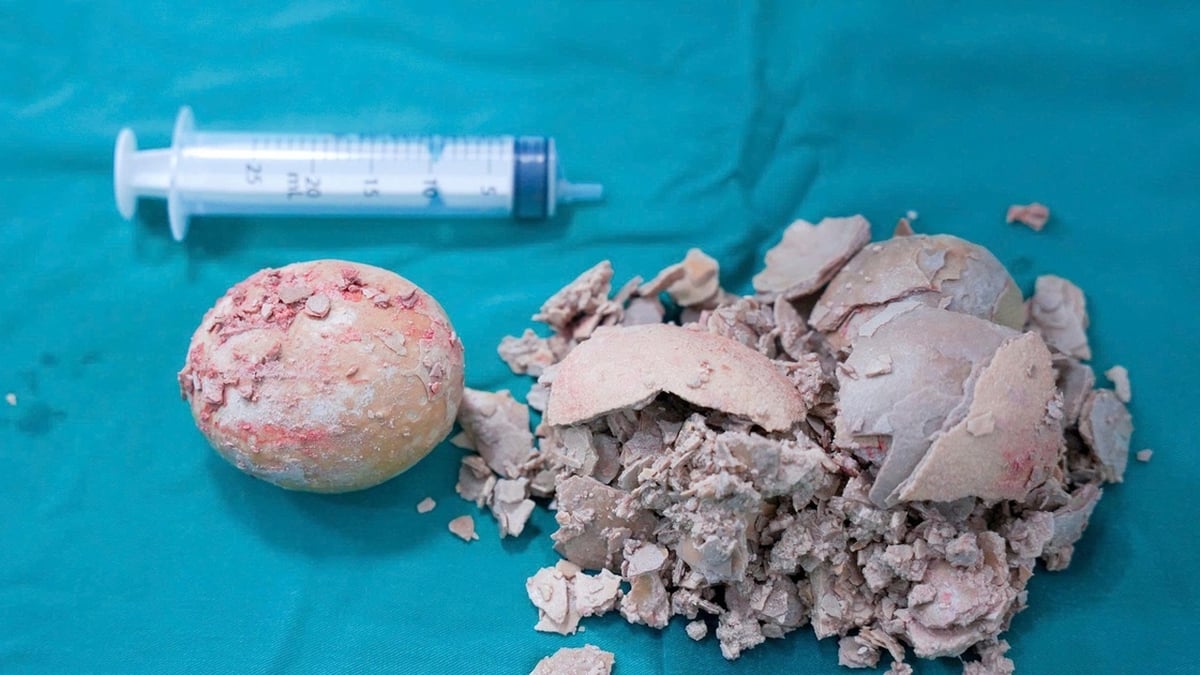
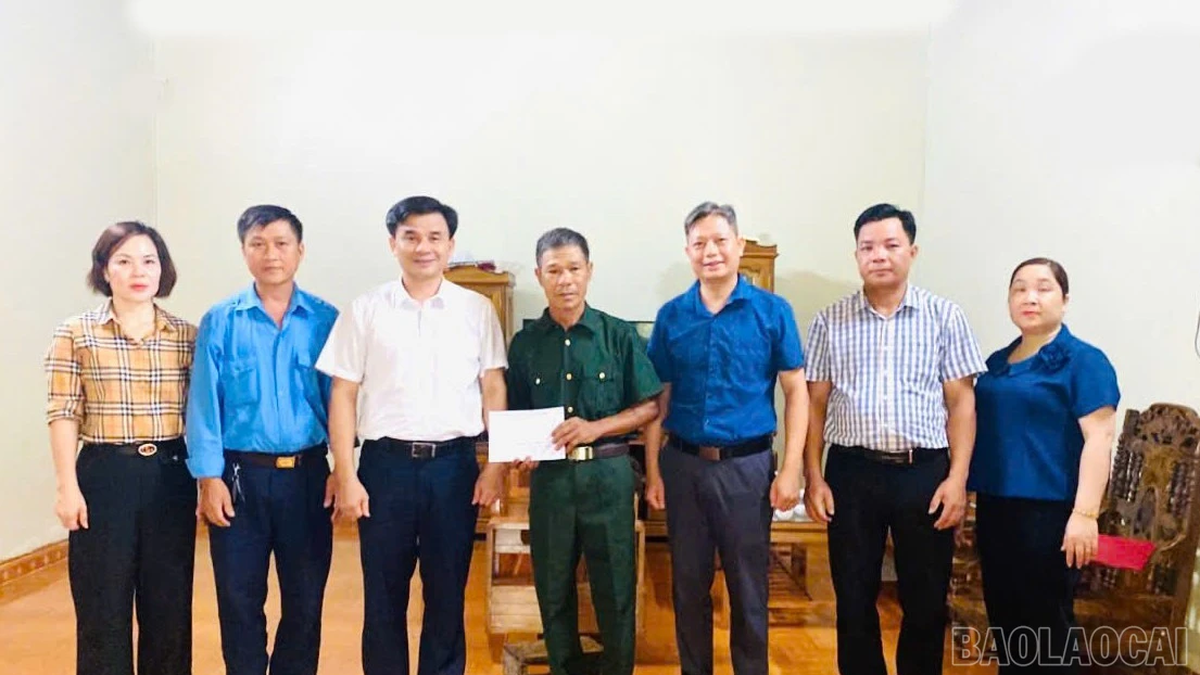
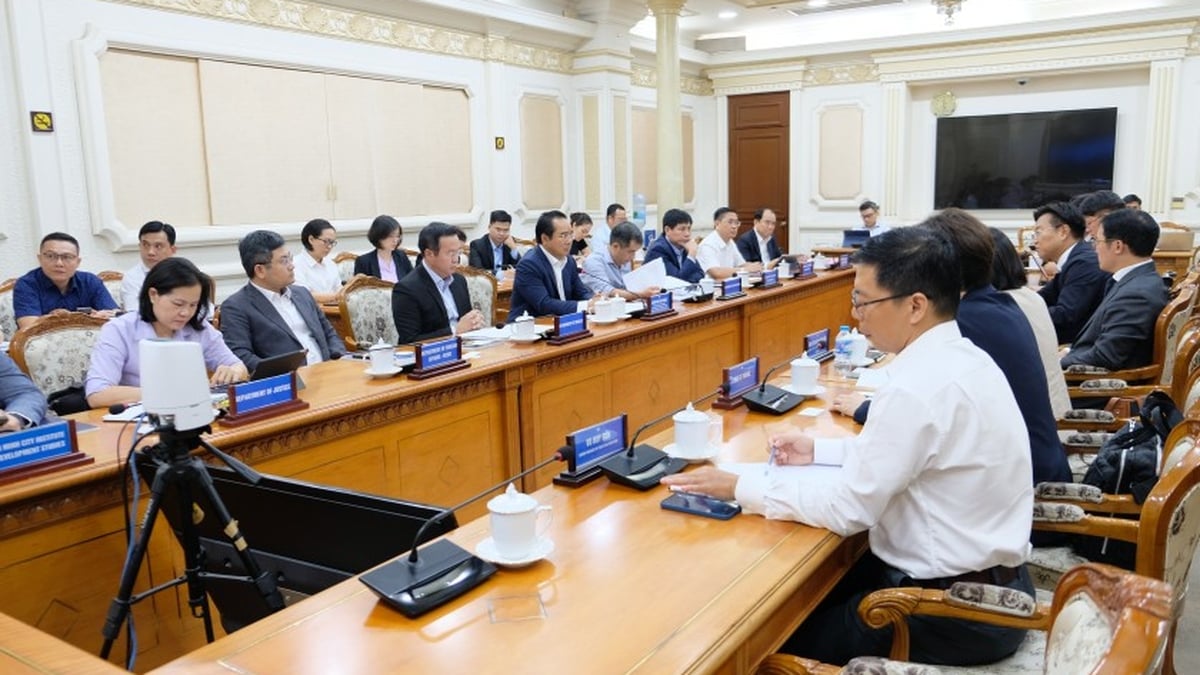
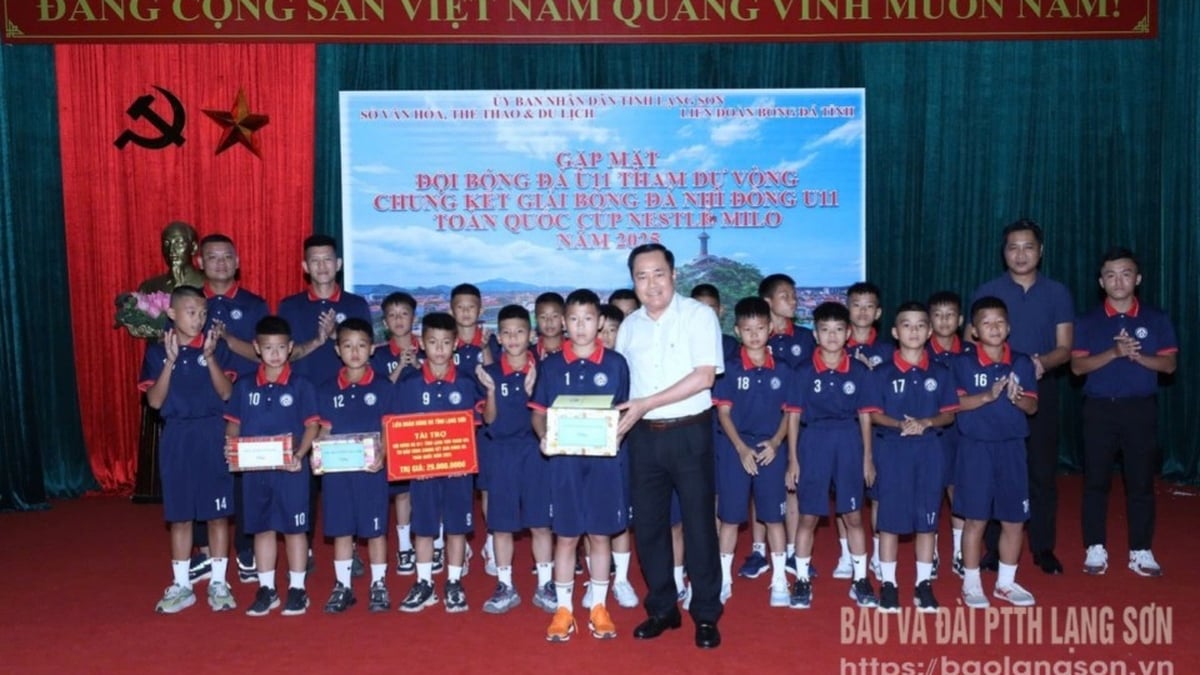








































![[Maritime News] More than 80% of global container shipping capacity is in the hands of MSC and major shipping alliances](https://vphoto.vietnam.vn/thumb/402x226/vietnam/resource/IMAGE/2025/7/16/6b4d586c984b4cbf8c5680352b9eaeb0)












































Comment (0)